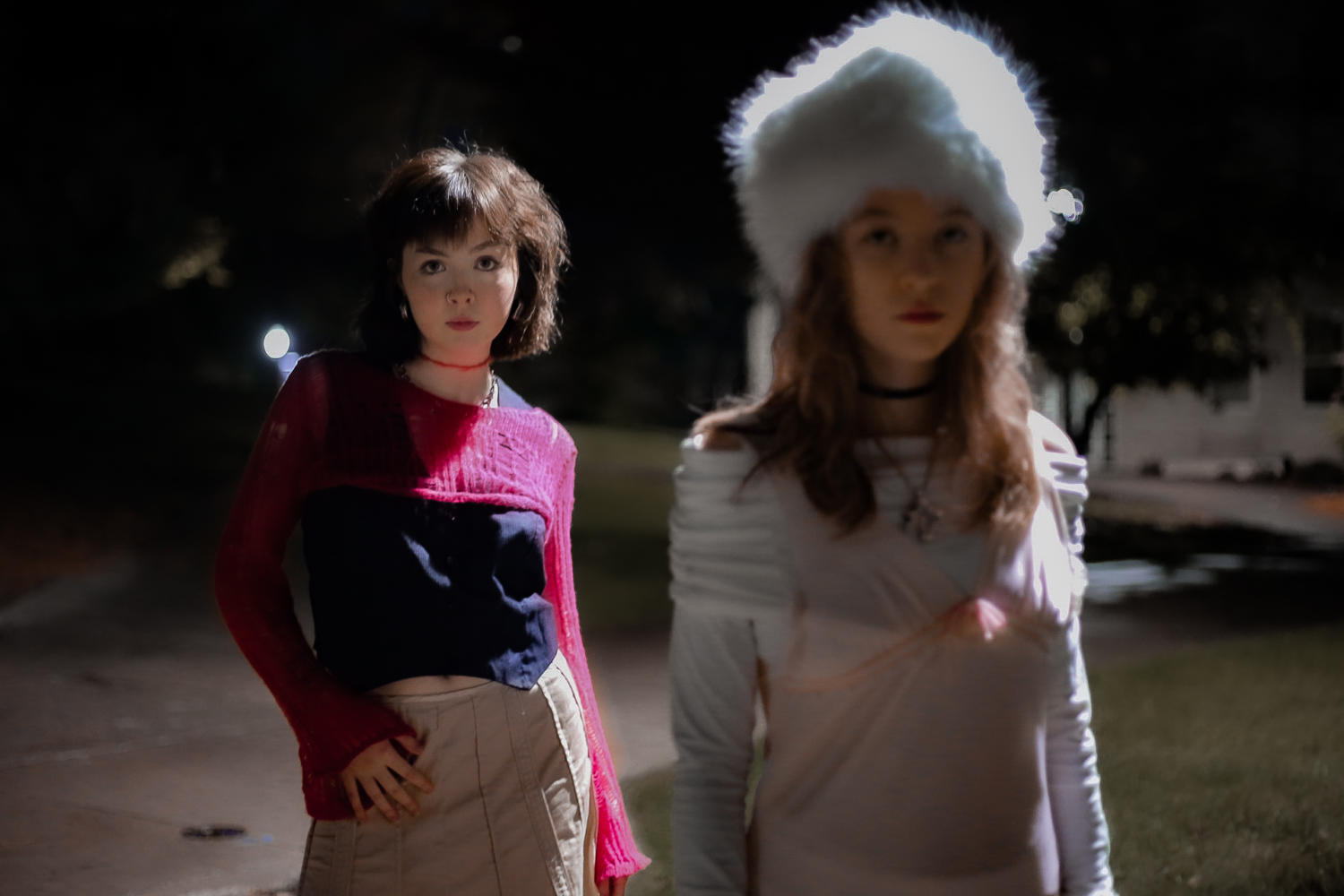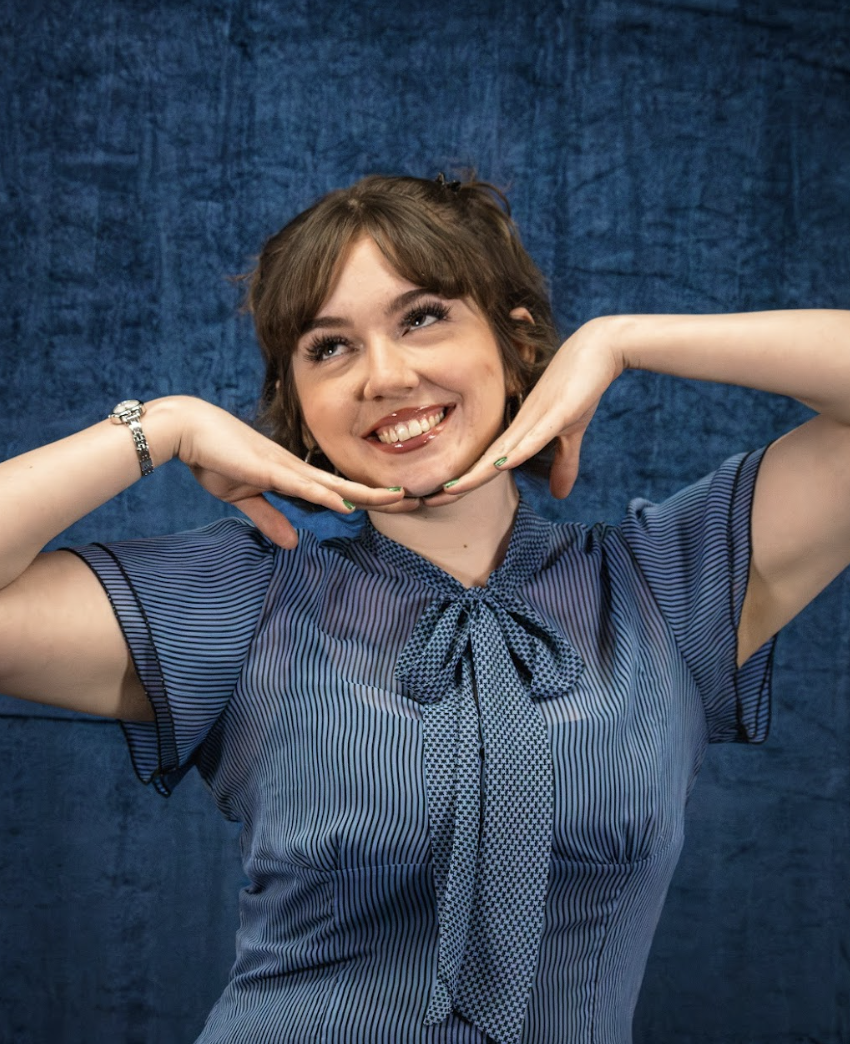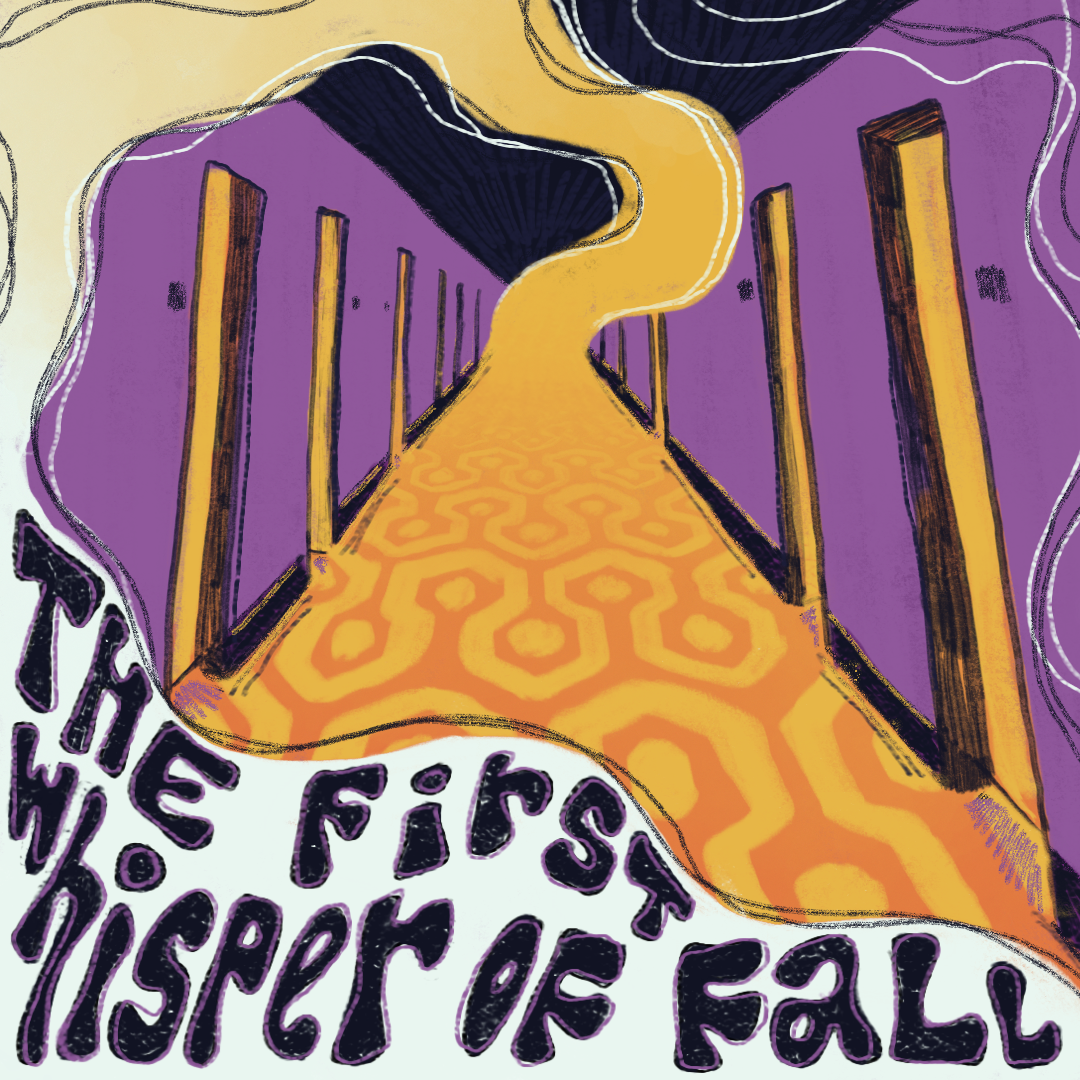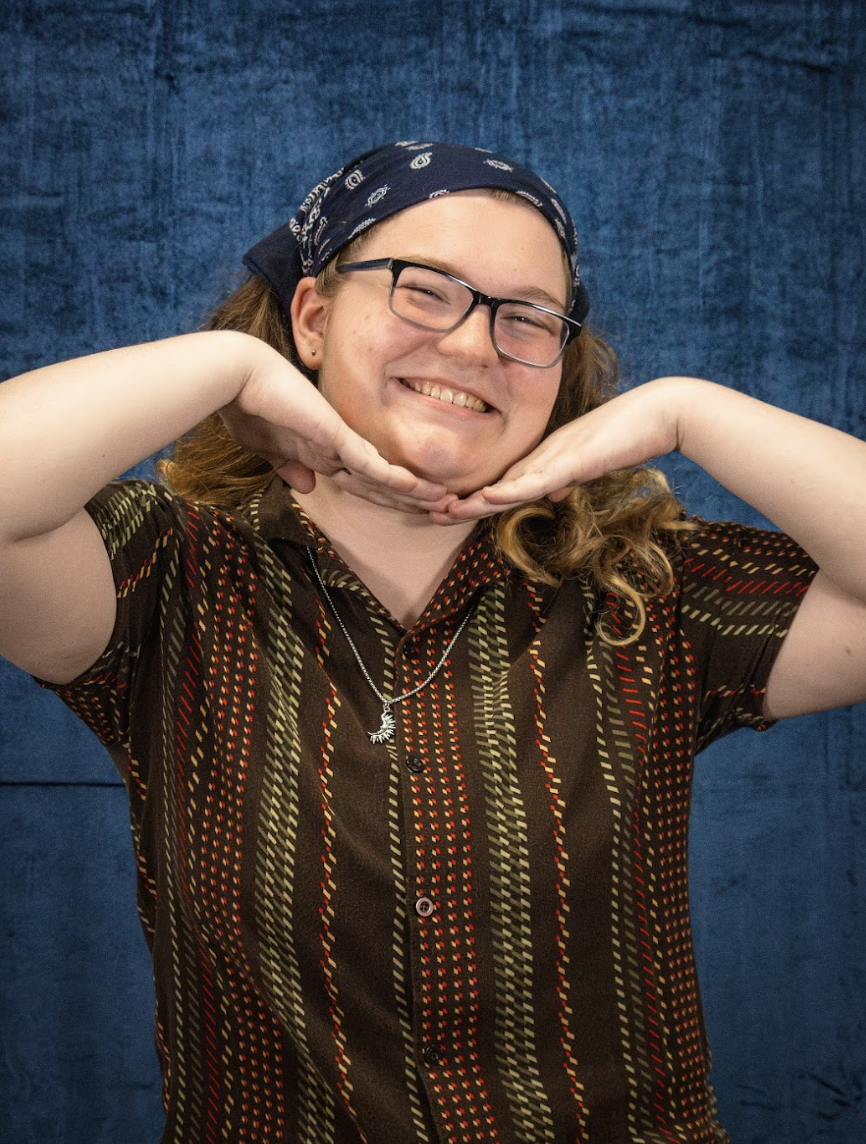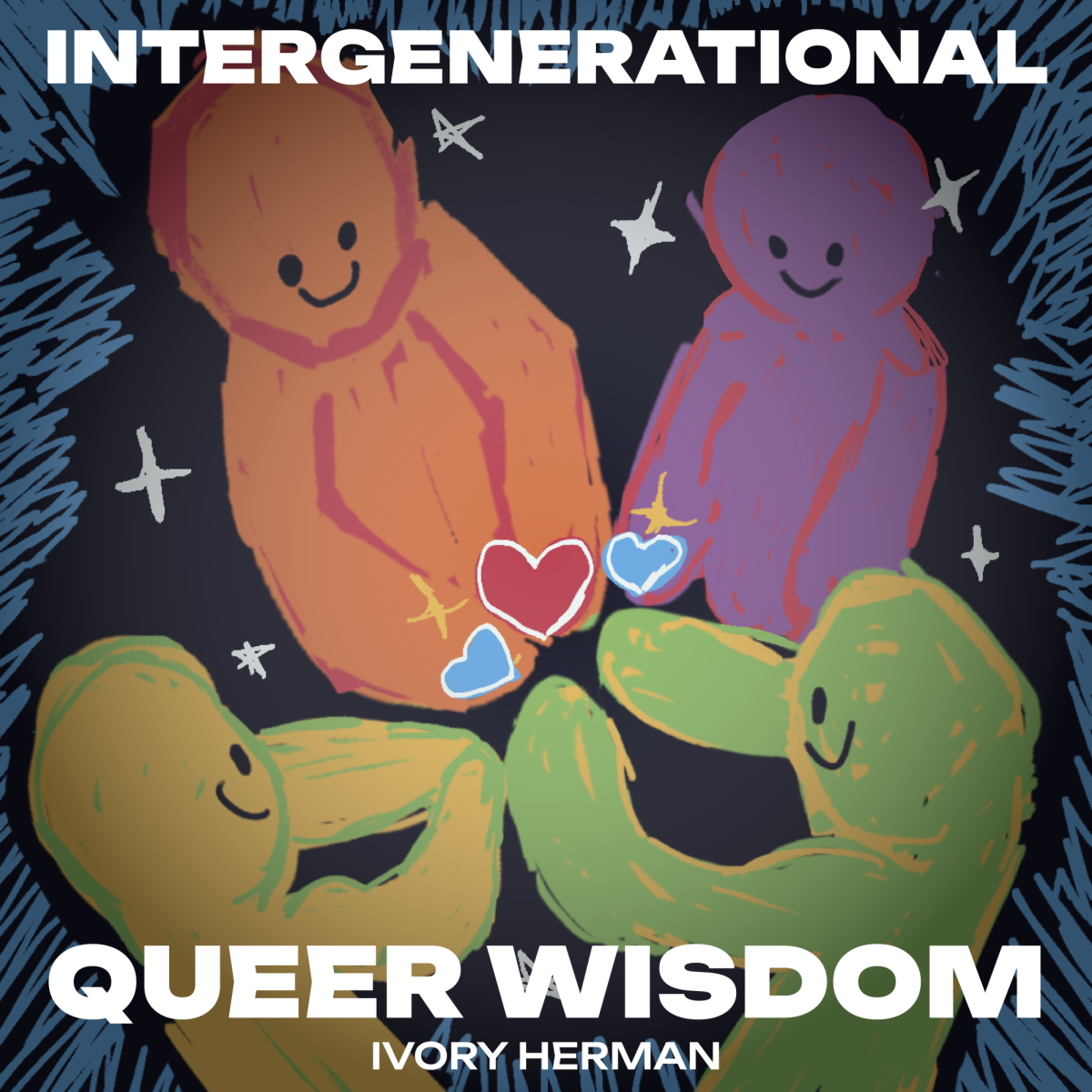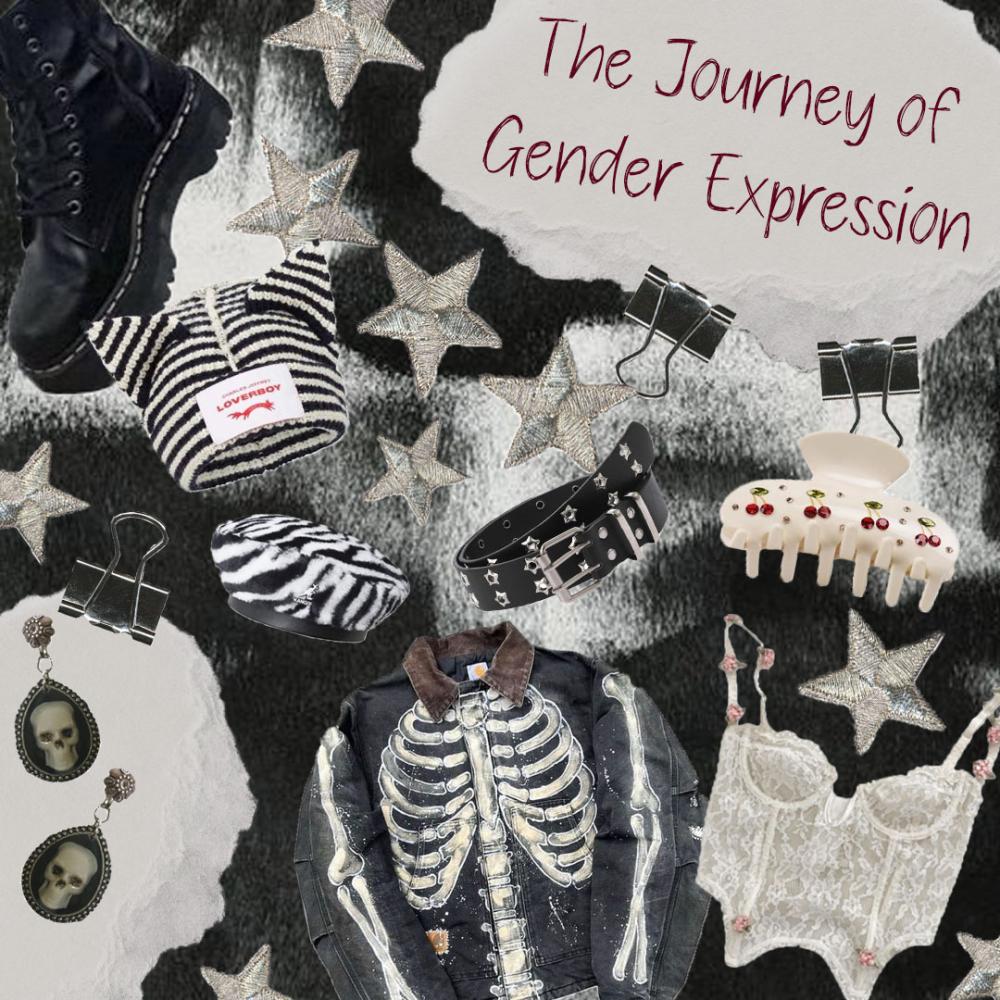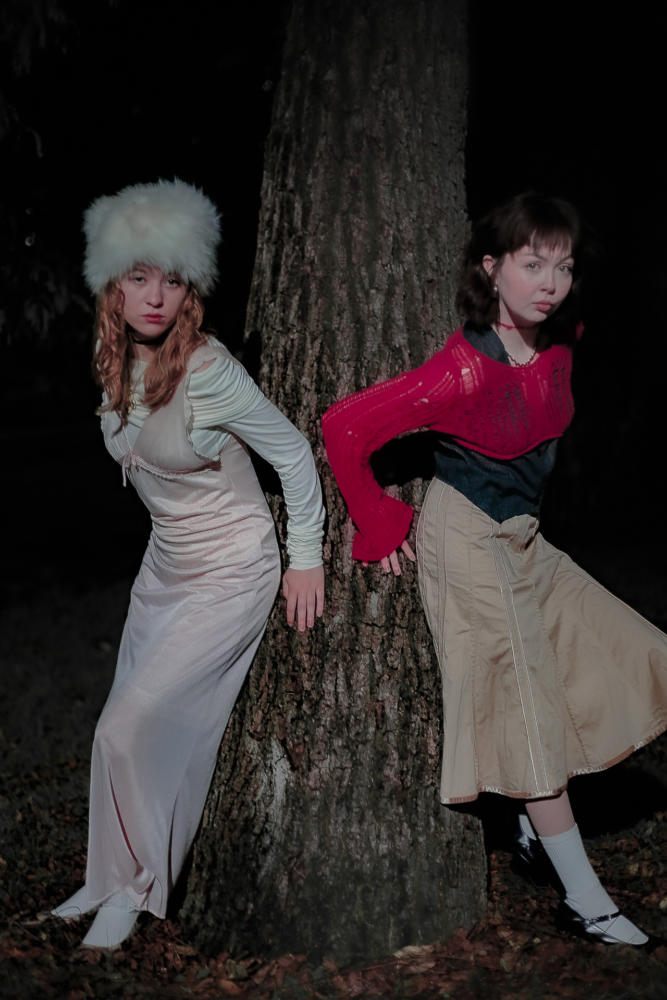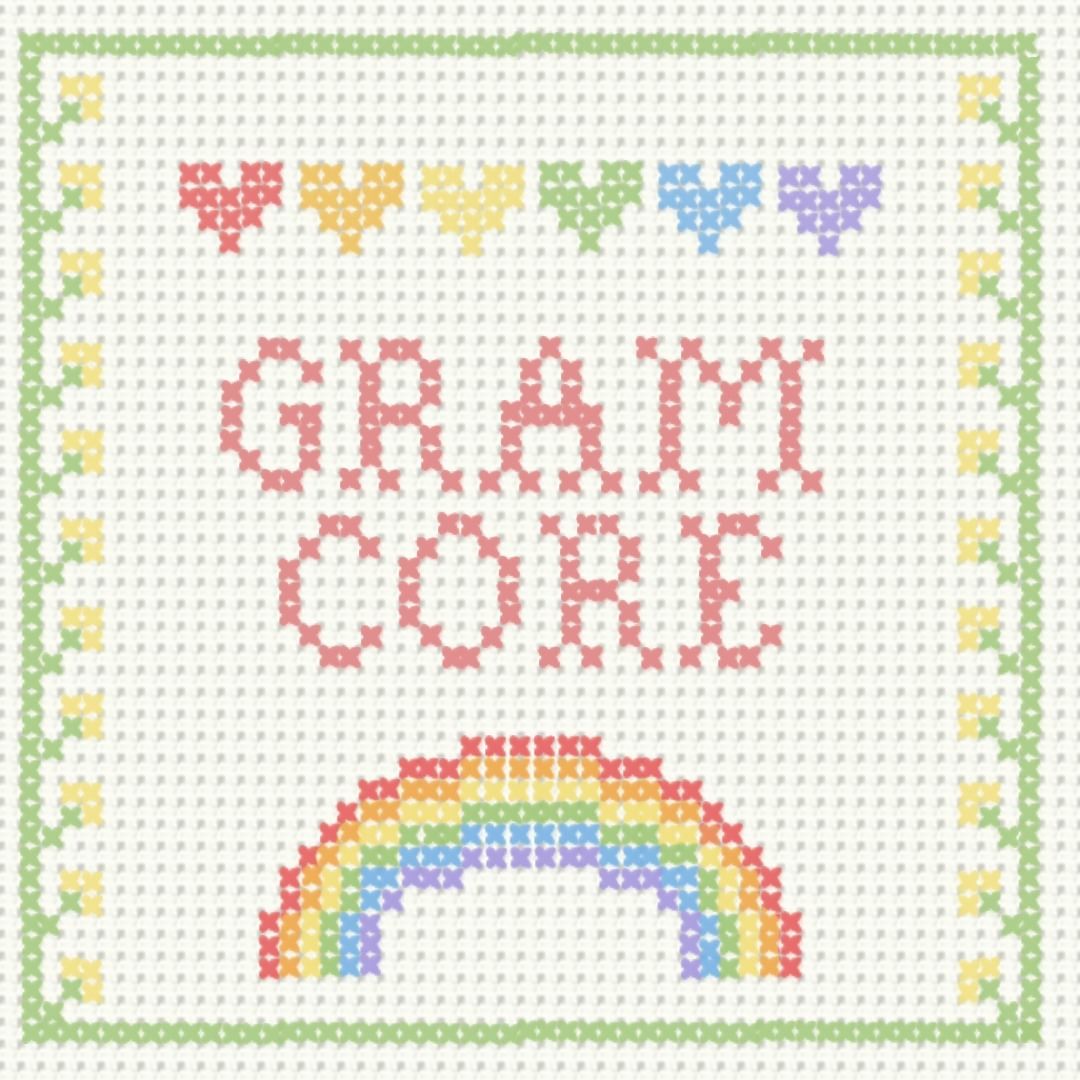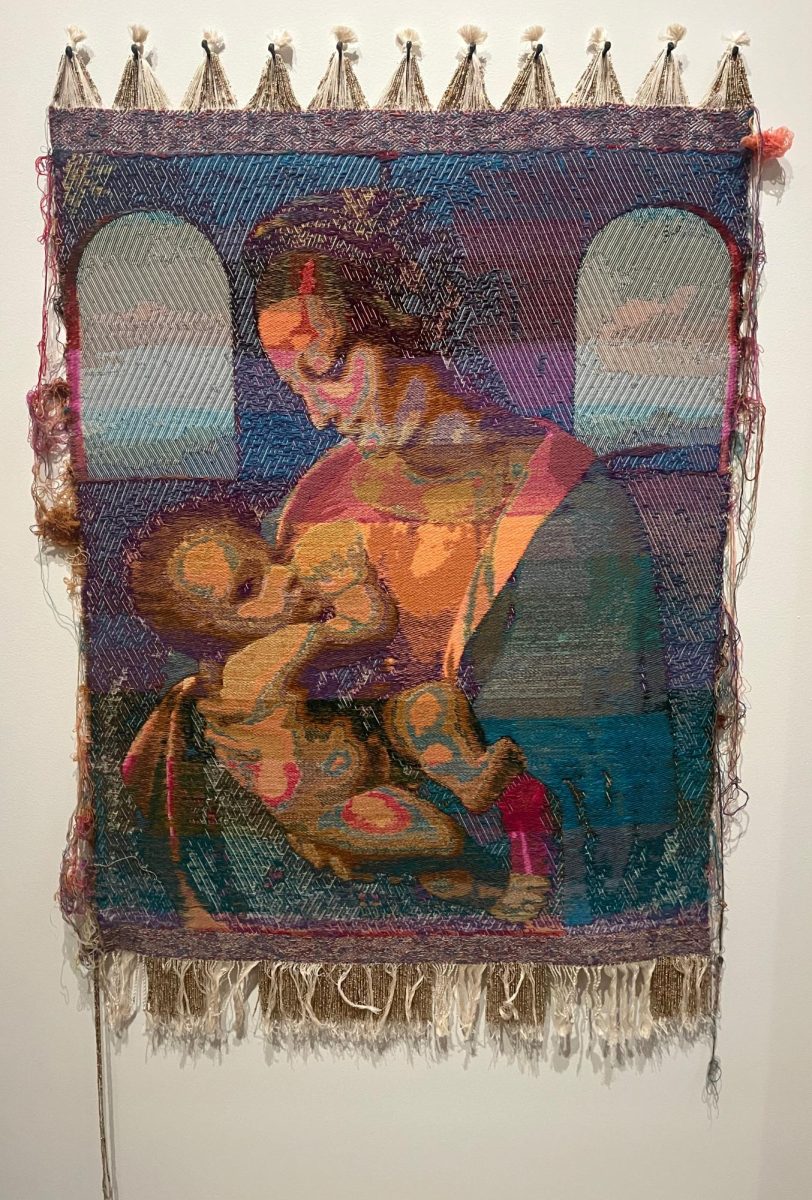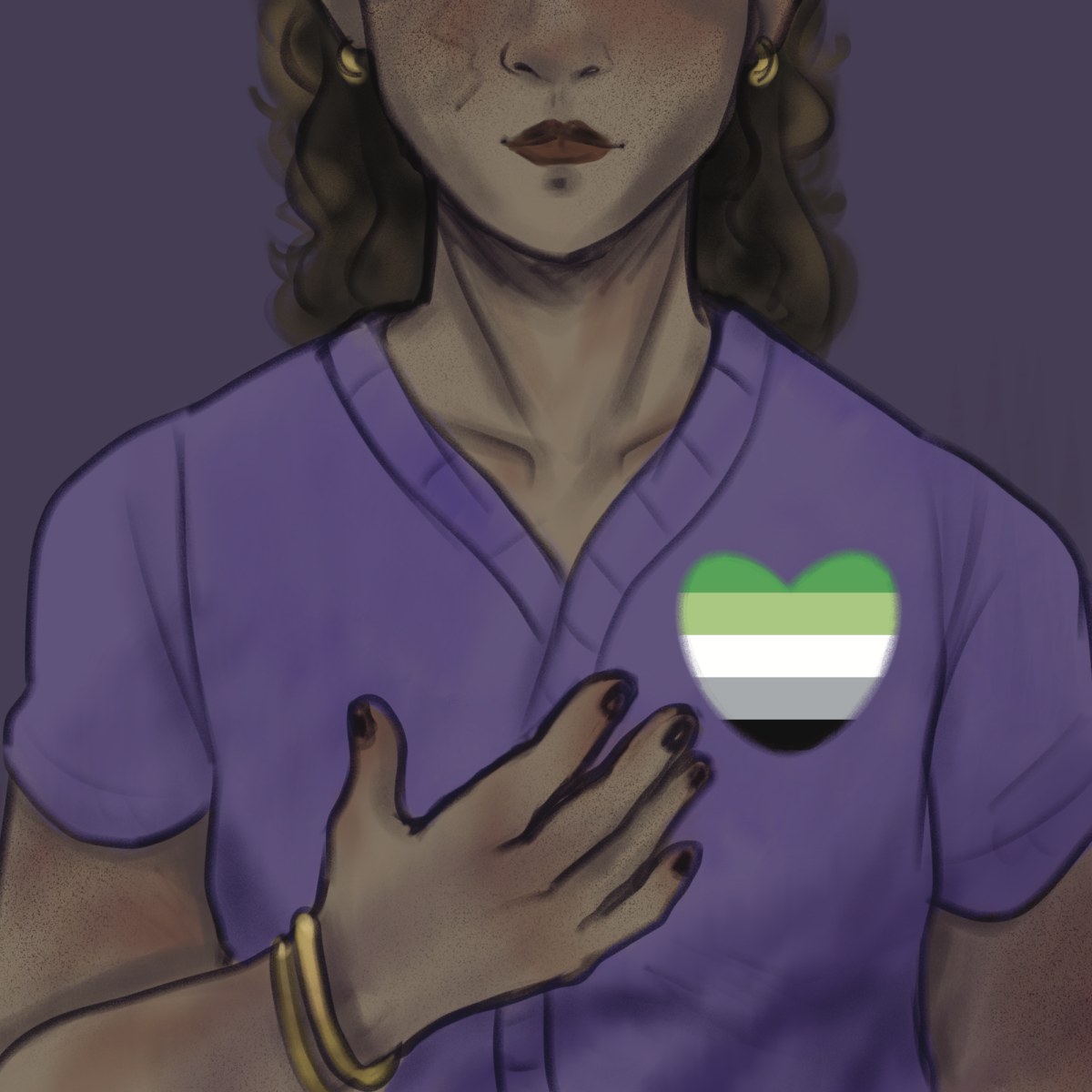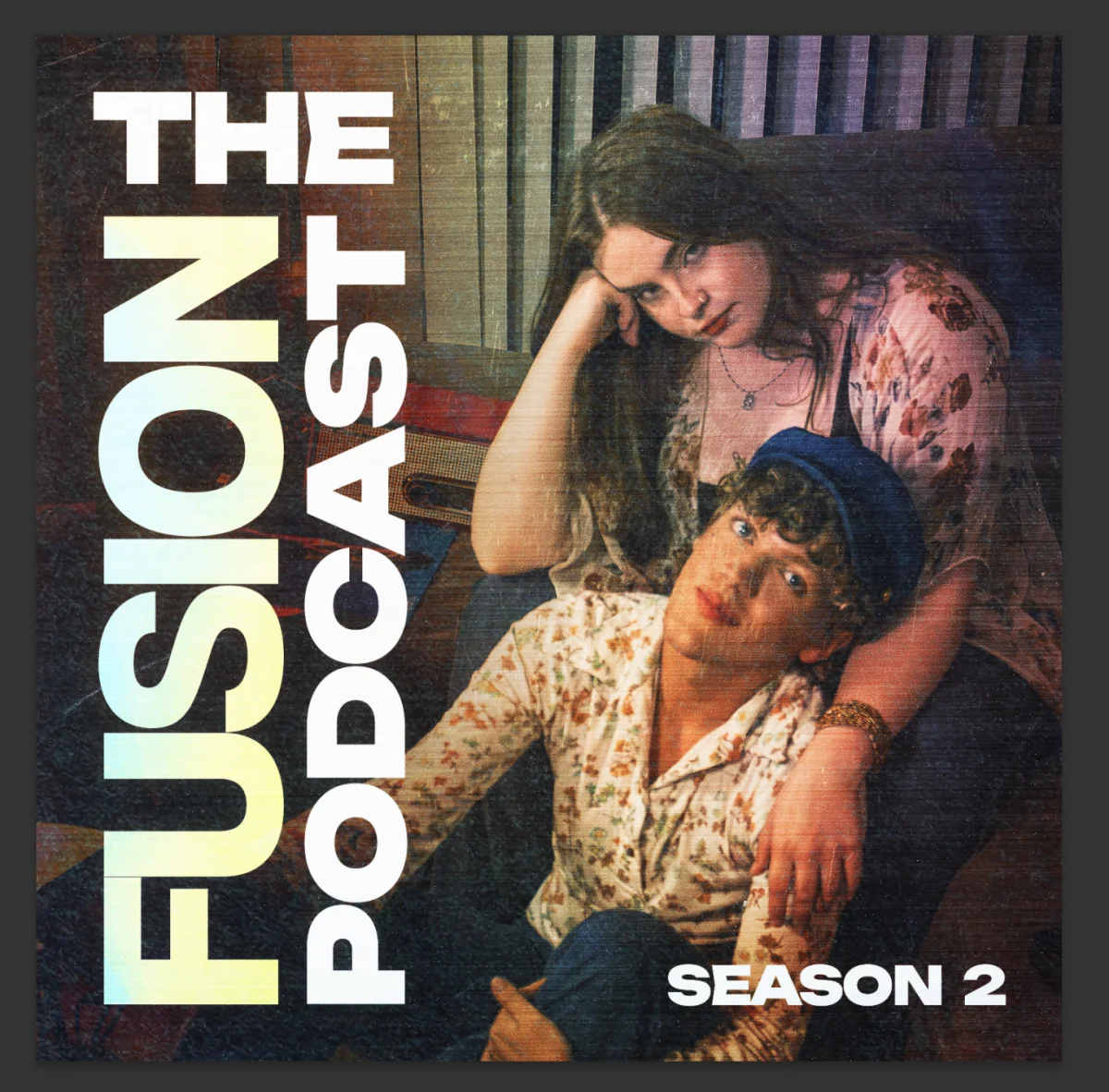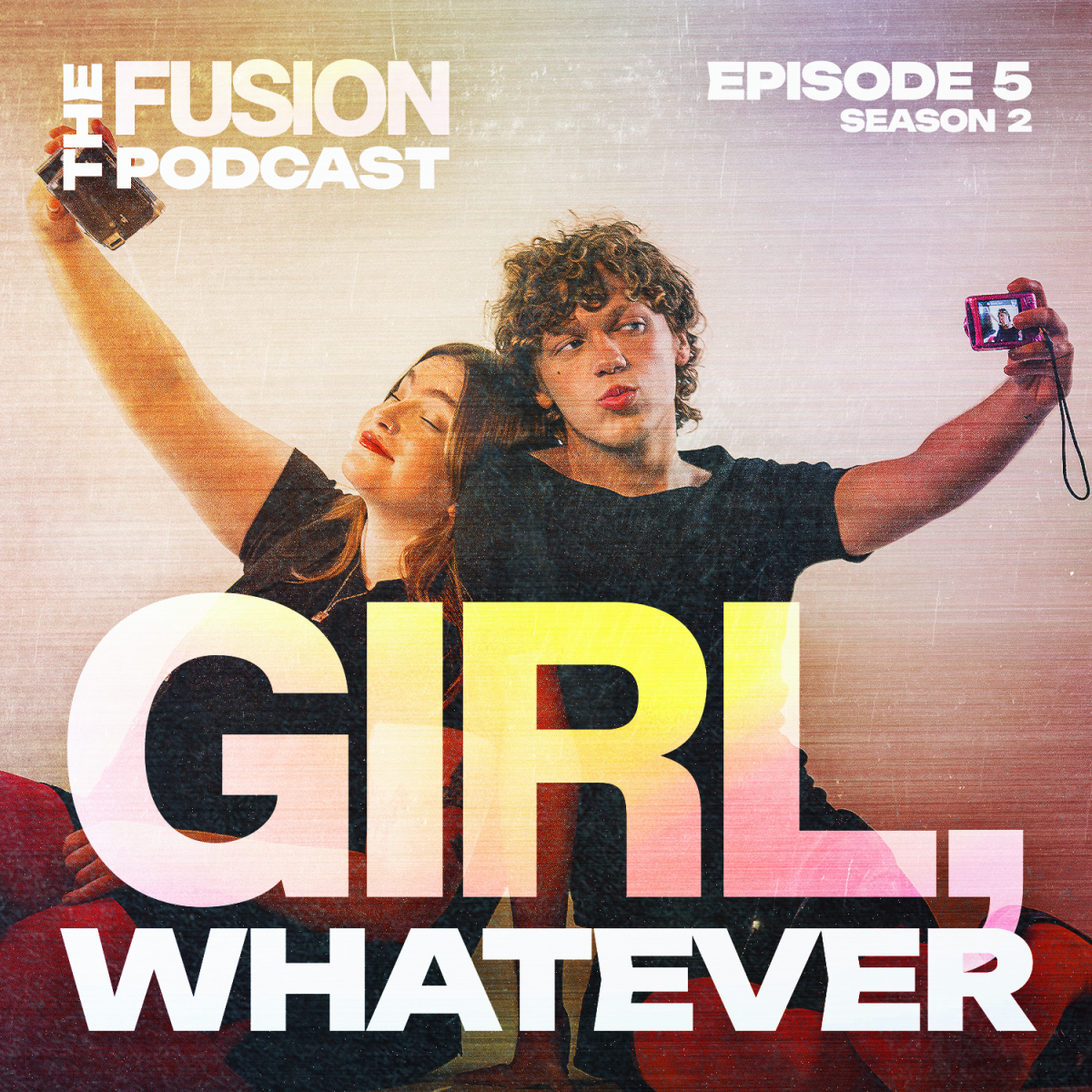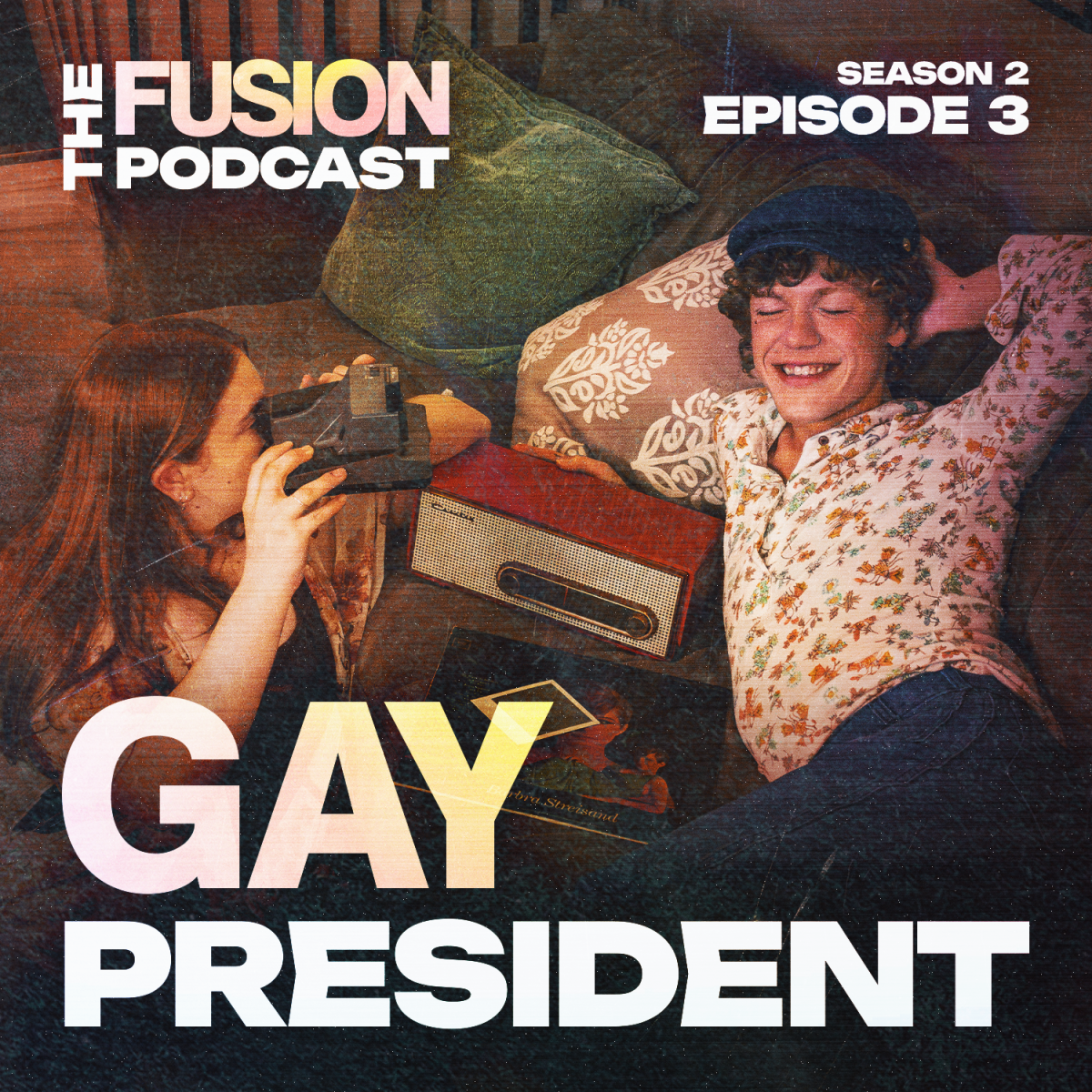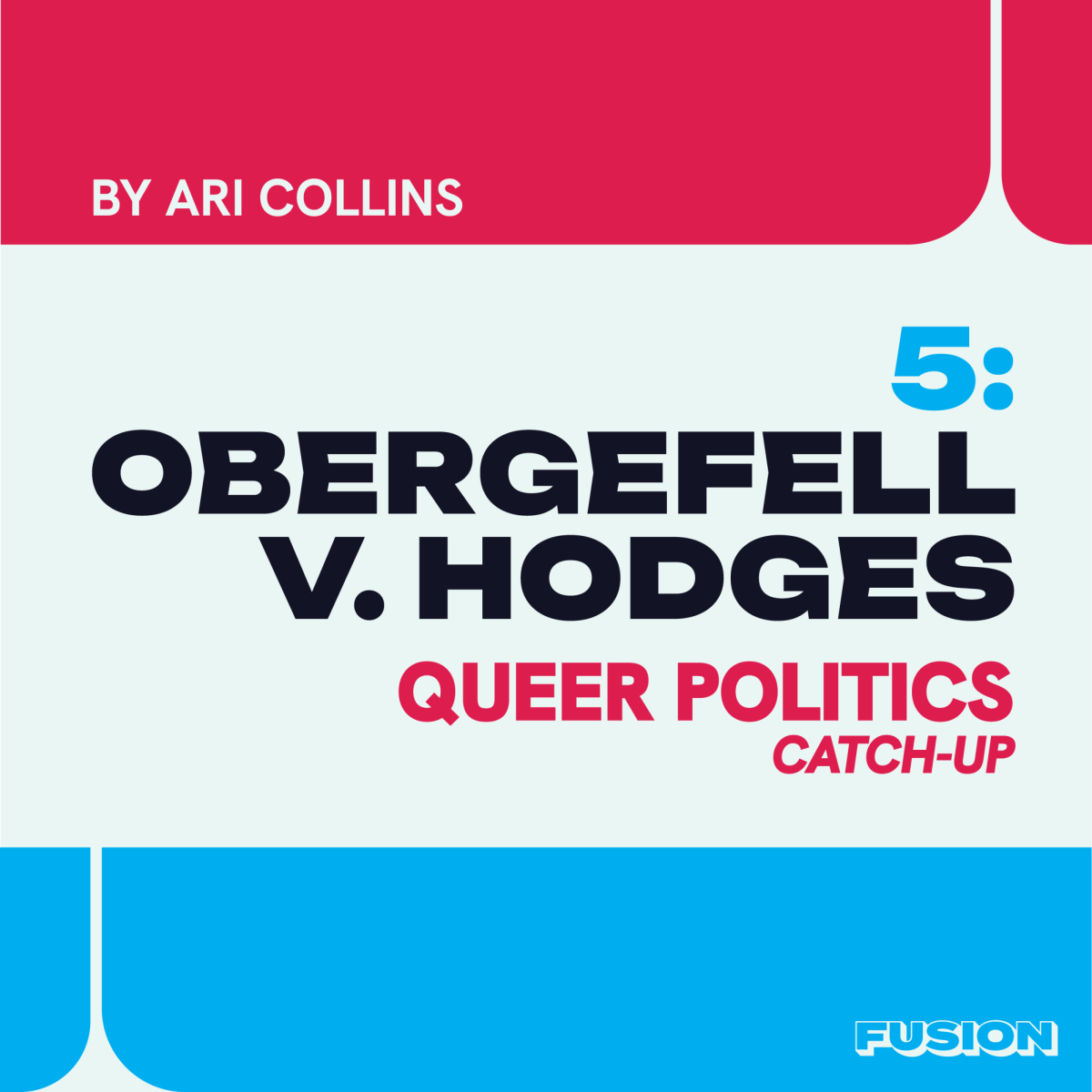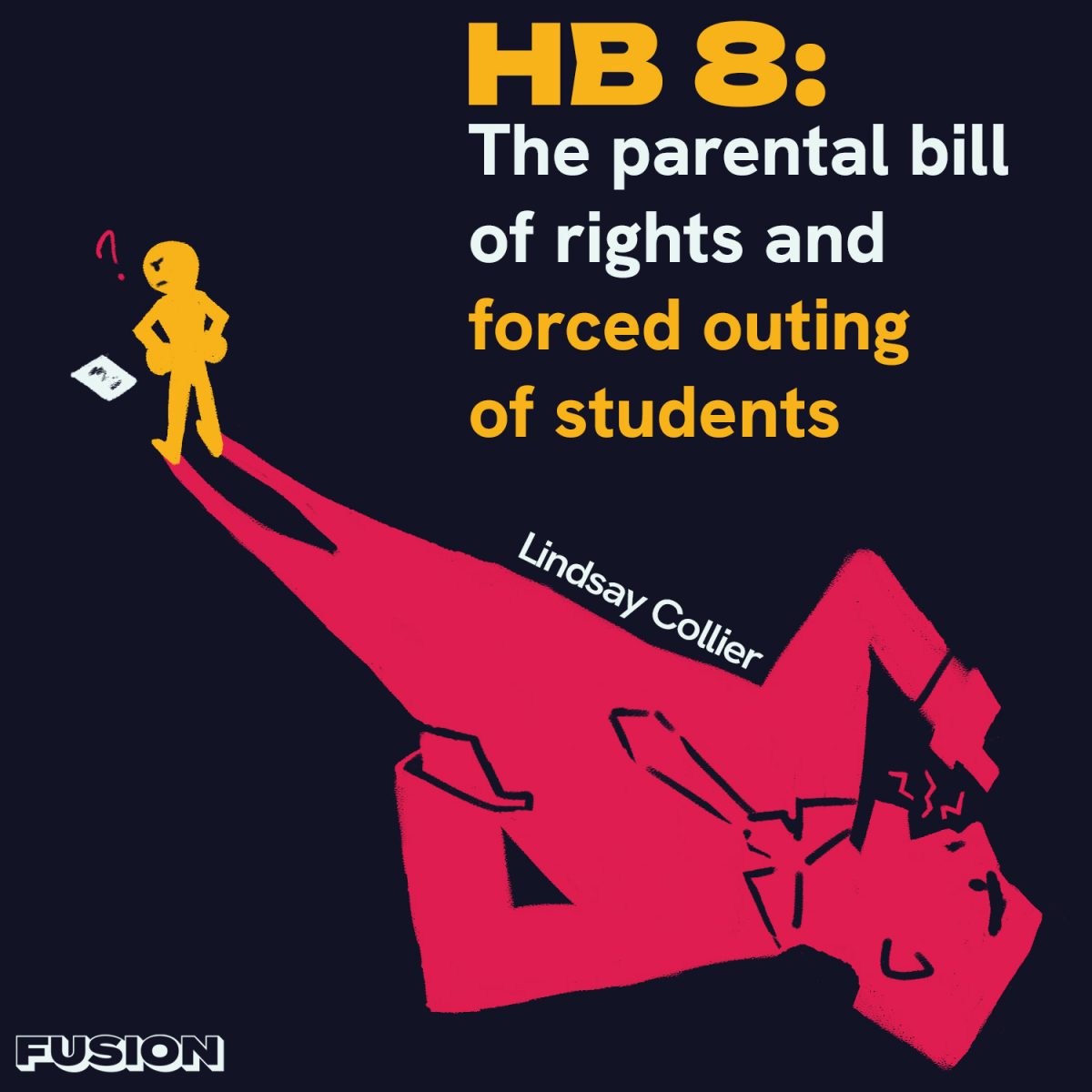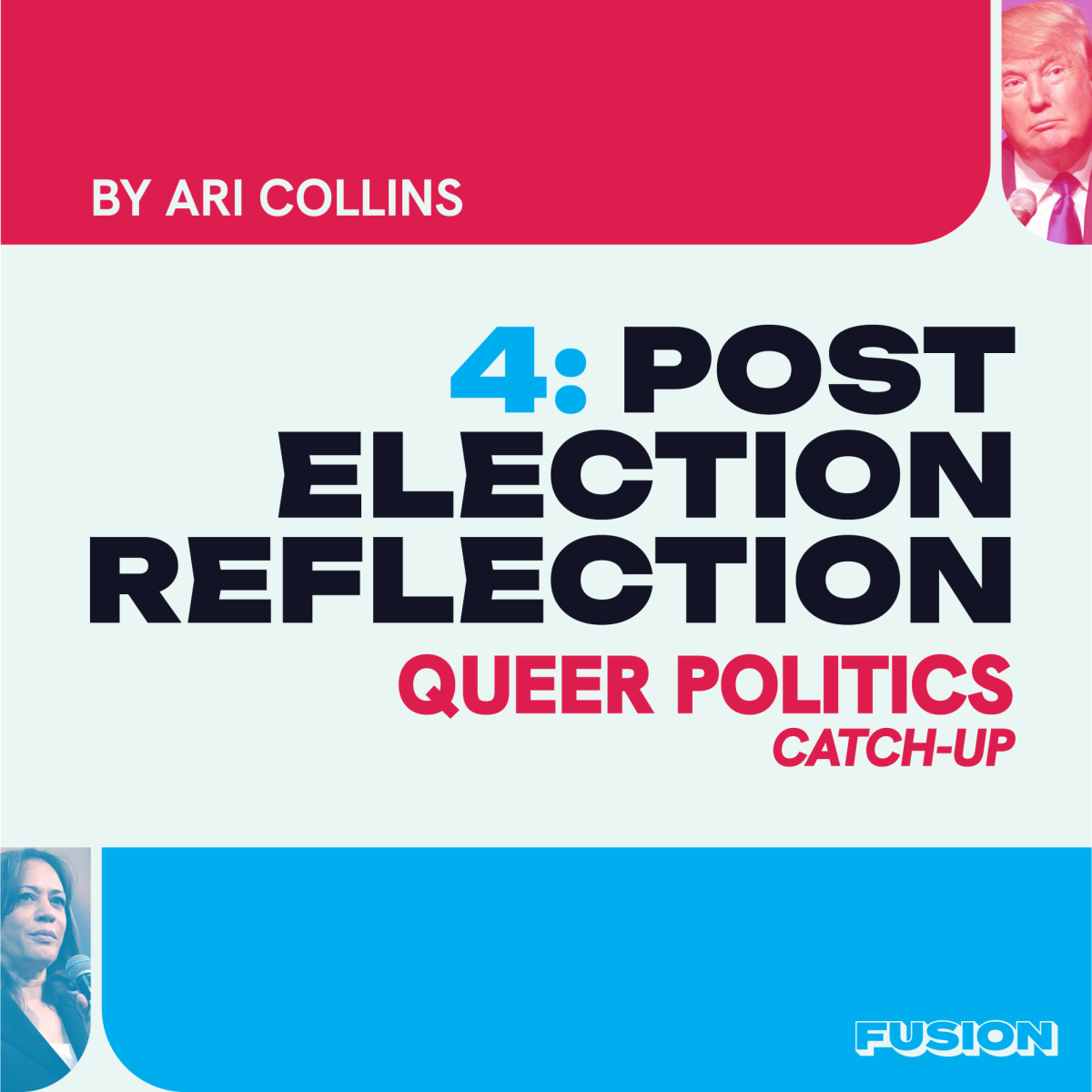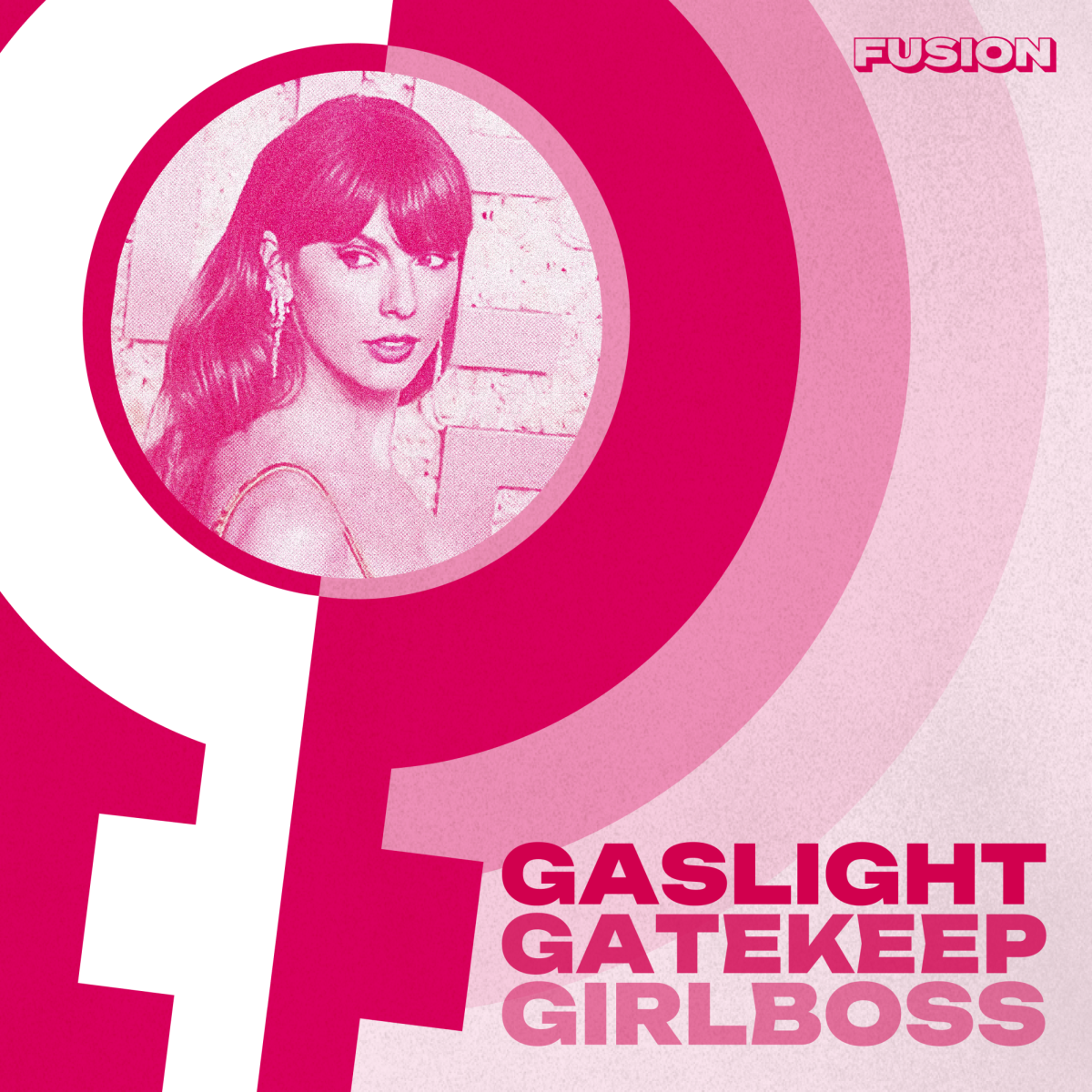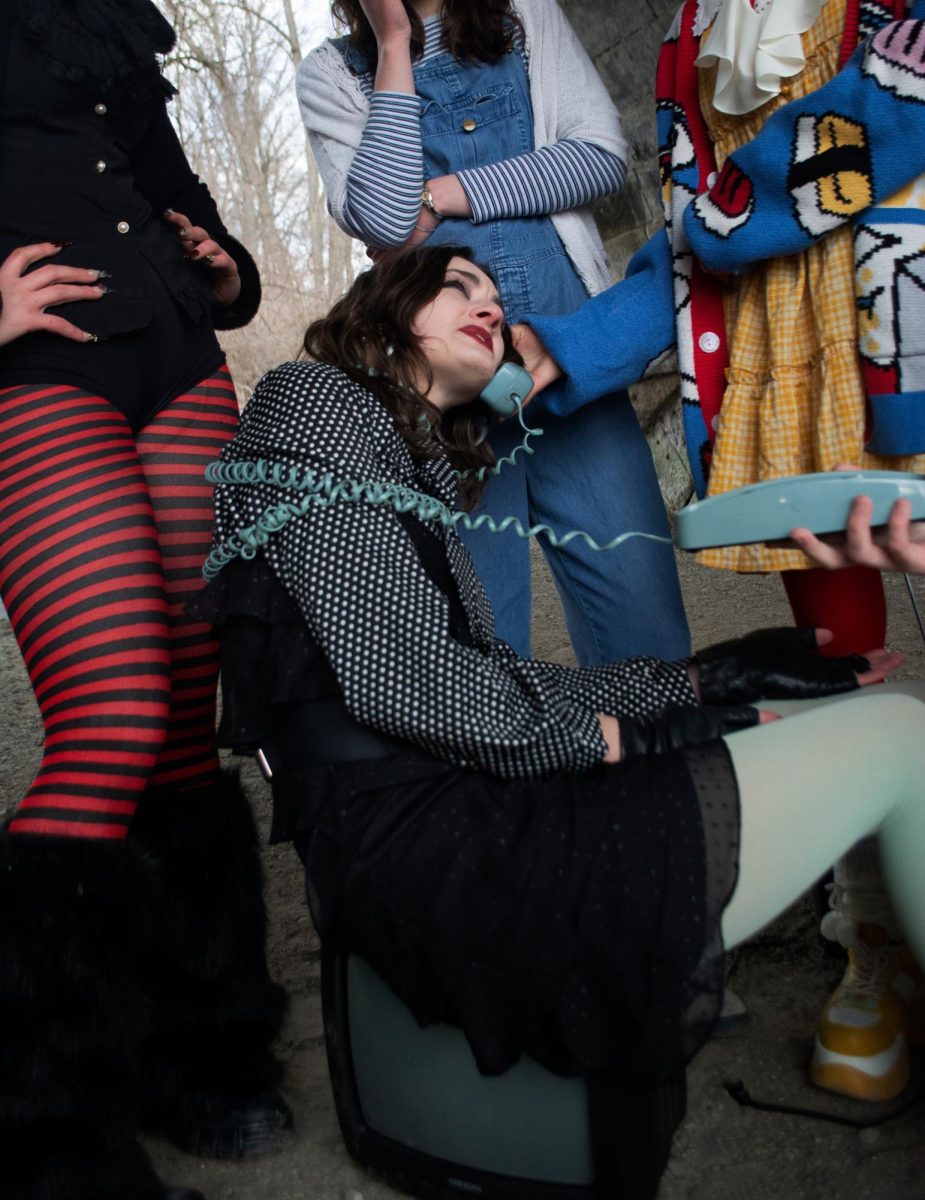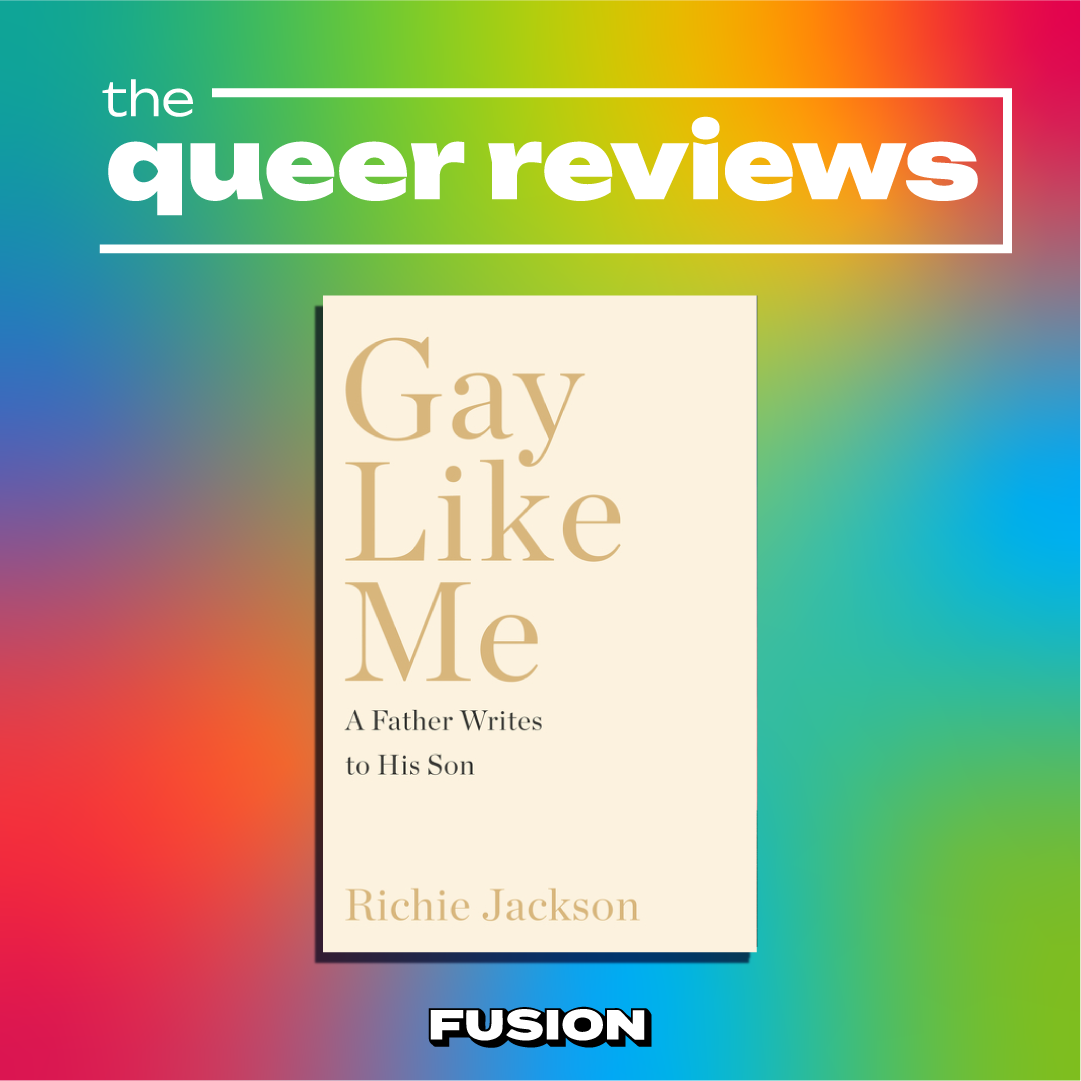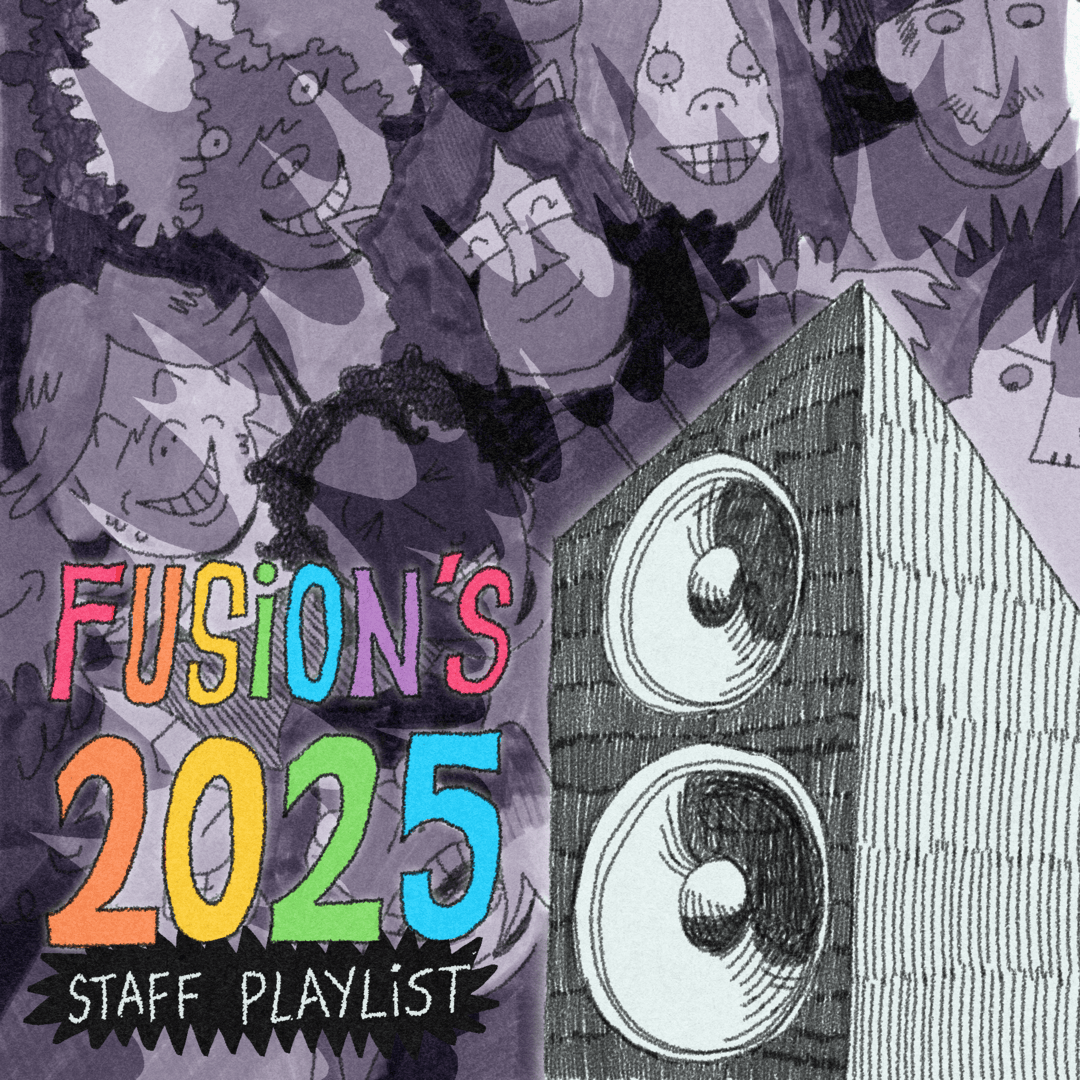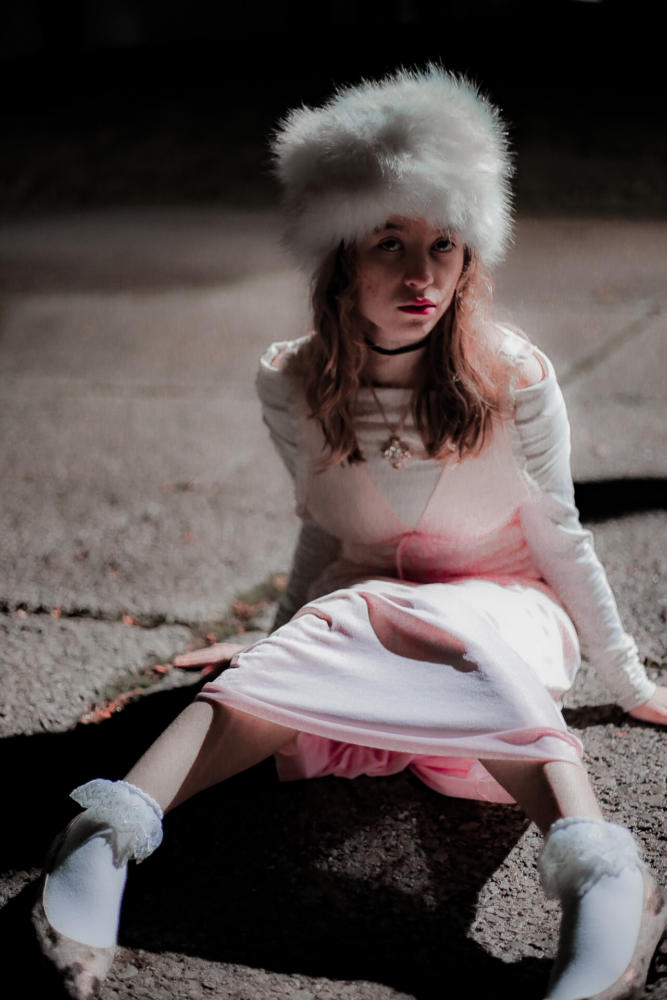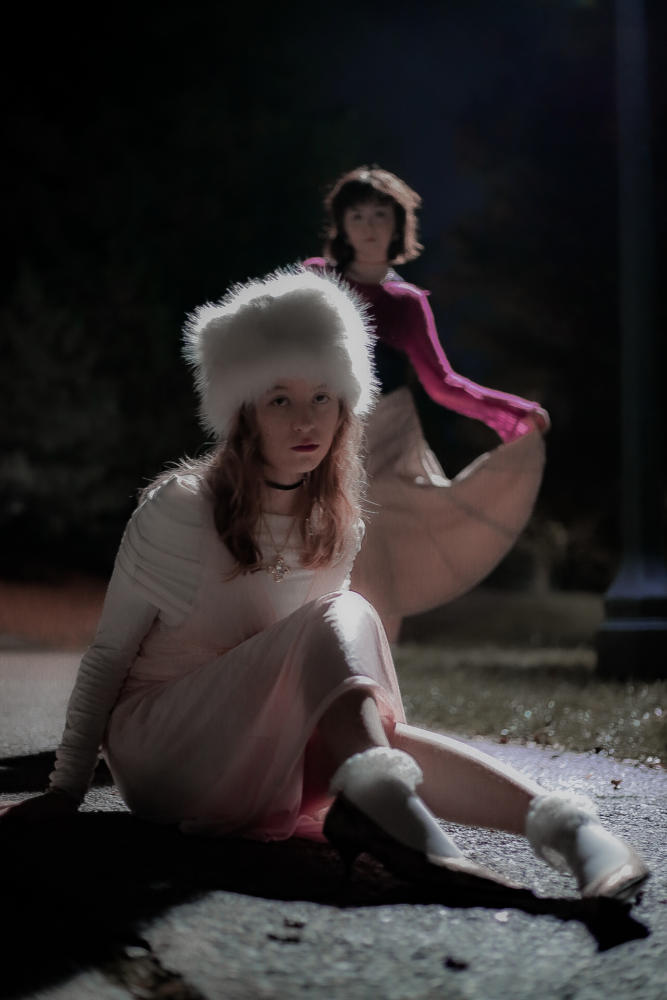From its conception, the fashion industry as a whole has been influenced by the power of the queer perspective. Often overlooked, queer designers of our time have been viewed as nothing more than decorators of a hetero world.
Beyond design, the impact of queerness on the zeitgeist of fashion continues to present itself in many areas of the industry. The importance of these contributions is something that radiates beyond the realm of fashion and provides vital representation for queer youth everywhere yearning for some form of inner confidence.
The career of John Galliano has taken many forms, ebbing and flowing, but remaining an oracle to be awed at nonetheless. He received a fashion design degree from Central Saint Martins, the globally recognized university based in London.
Making an impact right out of university, Galliano stunned the viewers of his 1984 graduate collection, “Les Incroyables,” with designs that emulated the frill, fancy and indisputable “British-ness” that ultimately defined Galliano’s aesthetic.
As an unapologetically open gay man, he often critiqued exaggerated versions of extreme masculinity and femininity and pushed the envelope of flamboyance.
The collections he presented also challenged perspectives of sexuality and set new standards for what could be defined as maximalism on the catwalk.
As he gained popularity and a larger following, he continued to alter perceptions of the runway experience by creating elaborate worlds that enveloped each collection. Thriving in many positions across the field and designing for multiple massive fashion houses, such as Christian Dior, Galliano solidified his name as a designer.
Lee Alexander McQueen, an English man with a spark for expression took an interest in fashion and enrolled at Central Saint Martins. From the first time he presented the world with his provocative design style in the 1993 show, “Taxi Driver,” to some of his most infamous collections, such as “Joan, F/W 98” and “The Horn of Plenty F/W 2009,” McQueen quickly stamped his name on the fashion world.
Many critics deemed his work as vulgar, however McQueen consistently chose to present designs that would continue to evoke these feelings.
Through his runways, he was able to question many facets of global culture, such as sex, class, war and death. Often poking fun at the rigidity of the fashion industry through the subversion of classic styles and referencing obscure topics in theatrical and exhilarating presentations.
Models sporting strictly cut tailoring, seductive silhouettes and an ever-present edge in aesthetics, alongside extreme scenery – ranging from circles of fire to piles of trash – McQueen’s shows never failed to leave an audience on the edge of their seats.
As we move into the future of fashion, the questions we ask ourselves continue to evolve: Why is it important to elevate the queer voices of the industry? How can we continue to grow an increasingly accepting community? How will the queer experience be represented through fashion as we move away from a strictly binary world? All of these questions stem from the trailblazing lives of designers like Galliano, McQueen and countless others before them.
